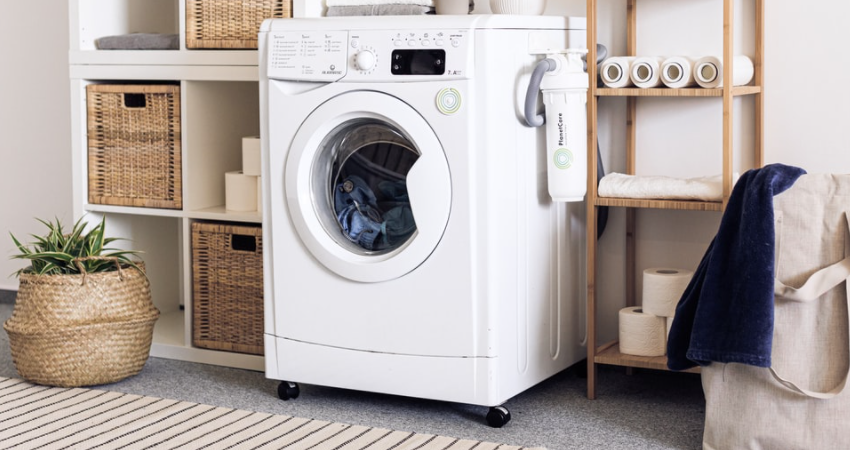A home warranty is a contract between the homeowner and the home warranty company. The home warranty contract guarantees coverage for repairs or replacement of specific mechanical appliances and home systems. Typically, home warranties cover the costs associated with repairing or replacing plumbing, electrical, HVAC equipment, and major appliances. Depending on your contract and purchased coverages, certain parts of your roof and foundation might also be covered.
A home warranty can give homeowners peace of mind knowing that they won’t be on the hook for expensive repairs should something go wrong with a major appliance or home system. Depending on where you live, you can try searching for “home warranty Arizona,” for example, to find a quality warranty in your area. Once you get a policy, however, it is important to carefully read the terms and conditions of the agreement to make sure you understand what is and isn’t covered.
In terms of the home warranty plan, the homeowner pays a monthly or annual fee, and in return, the home warranty company agrees to repair or replace certain items in the home if they break down. What is and isn’t covered by home warranties can vary from company to company. However, there are some general things that are typically covered and other items that are usually excluded. Let’s take a look a closer look at home warranty coverages.
What is covered by your home warranty plan?
Each home warranty policy is different, and the coverages will vary with different warranty companies. However, as discussed, most will cover repairing or replacing appliances and systems that break down due to normal wear and tear. This can include things like your refrigerator, oven, dishwasher, washer, and dryer. Depending on your policy, your warranty might cover problems that are caused by an accident or other event, like a power surge or a burst water pipe. Home warranties may also cover certain structural components of the home, such as the roof and the foundation.
When you have an issue with a covered item, you file a claim with the warranty company to begin the service process. Typically, you will need to provide documentation of the problem, such as a receipt for the appliance or a bill for the plumbing work. The warranty company will then determine if the problem is covered by the warranty. If it is, the company will arrange for the repair or replacement of the item. In many cases, the homeowner is responsible for a service fee, and then the home warranty will step in to cover the labor and parts required to repair or replace the item.
What is not covered by a home warranty?
It is important to remember that your home warranty is not a homeowner’s insurance policy. An insurance policy will have broad coverages and protections. Your home warranty will be much more limited in the scope of situations and items covered. There are some things that typically aren’t covered by home warranties, like furniture, flooring, and personal belongings. Your warranty will usually not cover much more outside of major appliances and home systems. Depending on your company, you may be able to purchase additional coverages that include pools, spas, or septic systems.
If there is damage to items due to something that was already there when the warranty was purchased, the warranty will not cover the repairs. Additionally, home warranties do not typically cover damage caused by things like floods or fires. Additionally, home warranties do not typically cover routine maintenance.
Overall, a home warranty can be a great way to protect yourself from the high cost of repairs or replacements for home appliances and systems. It’s important to understand what is and isn’t covered by your policy and read the fine print to know exactly what you’re getting into.
Latest posts by Nirupama Verma (see all)
- What is Corporate Gifting and Why is It Important? - November 8, 2023
- Top 5 Benefits of Synthetic Liquids That You Did Not Know - December 24, 2022
- Pin up Review - September 23, 2022




